
Starting June 1st, 2023 Our warehouse fee will be $0.65/cubic foot per month
In effort to lower the warehouse storage fee during inflation, we have went narrow aisle racking.This construction took us four months but the project is finally completed. With narrow aisle racking, we are able to drop storage by 24%.We as partners will go through this inflation together.
01/31/2024
One of the most useful vehicles for construction workers, warehouse employees, and others is a forklift. Forklifts are essential on any job site because they can securely lift objects that humans cannot when moving heavy loads. Choosing the perfect forklift for your needs might be challenging with so many different models and types available. In order to help you choose the best forklift for your next project, this comprehensive guide covers the 15 distinct types of forklifts, their advantages, reputable forklift brands, and the seven forklift categories.
Forklifts come in 15 varieties: warehouse, side loader, counterbalance, telehandler, heavy-duty, rough terrain, pallet jack, walkie stacker, order picker and reach trucks. Every kind of forklift serves a vital purpose for a variety of material handling jobs.
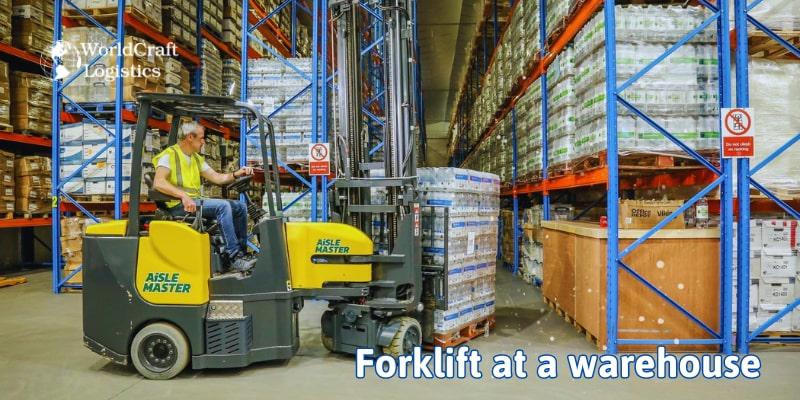
The most well-known kind of lift truck is the warehouse forklift. It looks like a golf buggy with two front forks sticking out. This forklift is best used at a facility with a large inventory because it can handle loading and unloading pallets and moving goods to and from delivery trucks.
The Toyota 3-Wheel Electric Forklift, Komatsu 20 BX50 Hyster, and Hyster 36-38T are a few of the most well-liked warehouse forklift models. The majority of industrial forklifts have a 5,000-pound weight capacity, however some heavy-duty models have a 25,000-pound capacity. There are several variations of warehouse forklifts, such as side loaders and counterbalance forklifts.
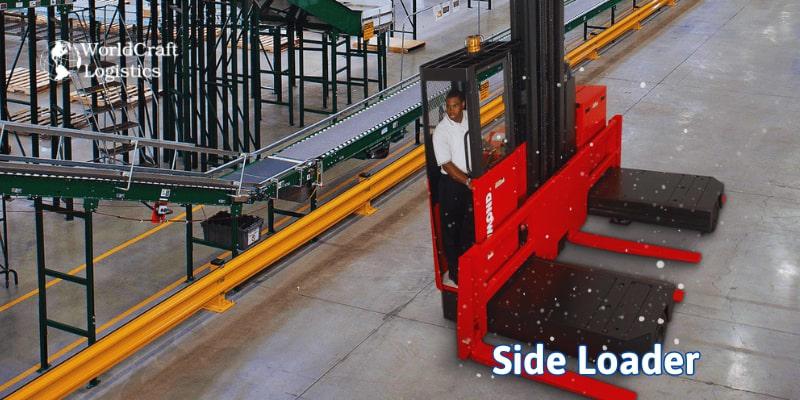
Side loaders are a sort of warehouse forklift that are typically seen in manufacturing plants and steel service centers that handle long, heavy goods like timber and pipes.
A side loader unloads items while the operator stands in a sideways compartment. Side loader forklifts can effortlessly drive up alongside racks and load and unload without having to turn because of its sideways operation. This means they can work well in tight spaces and with lengthy loads like pipes and lumber.
Among the main brands of side loaders are Hyundai, Raymond, Toyota, and Yale.
The sideways compartment that travels with the weight is a key feature.
Uses: Reaching into small spaces to lift lengthy, heavy objects.
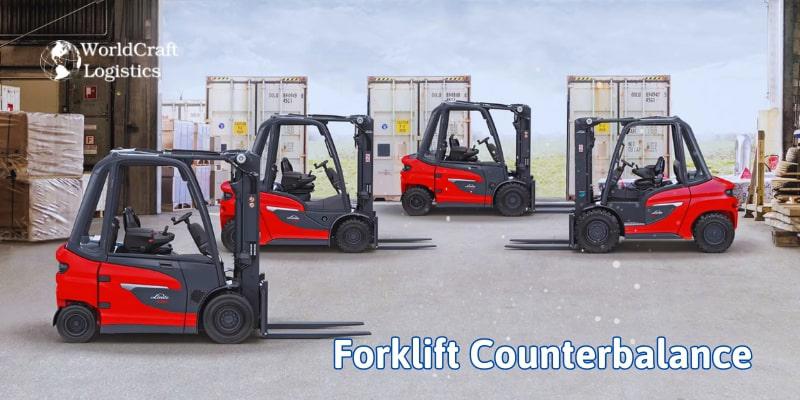
A common lift that counterbalances the weight of the load is the counterbalance forklift, which has forks in the front and a weight in the back. Because they don't have extended arms, counterbalance forklifts can go straight toward the weight.
Counterbalance forklifts come in a few varieties. A stand-up counterbalance forklift makes it simple for operators to switch between loads, while the 3-wheel version is best used in scenarios where the operator must turn and navigate in circles. Well-known producers are Crown, Toyota, and Mitsubishi.
Important feature: Weight put on the back to aid in balancing large weights.Uses: Circumstances requiring precise 360-degree turning.
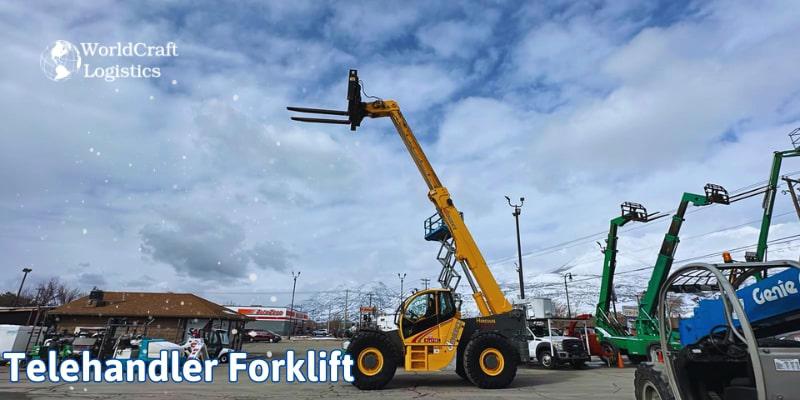
The telehandler, sometimes referred to as a reach forklift or telescopic forklift, is a hybrid of a crane and a forklift featuring an extending arm and boom. Pallets are moved off the ground using the twin forks that are fastened to the arm. A typical telehandler is an excellent tool for accessing awkward angles and confined locations because it can raise 5,500 pounds of objects up to 19 feet in the air.
A wide range of excellent telehandlers are produced by manufacturers such as JCB, Genie, Bobcat, Haulotte, and Caterpillar due to their increasing demand. Some models are capable of lifting items up to 55 feet high, while others, like the JLG 1644, are well-suited for bigger capacity tasks.
The articulating boom and extendable arm attachment are important features.
Applications: Raising objects from the ground to greater altitudes.
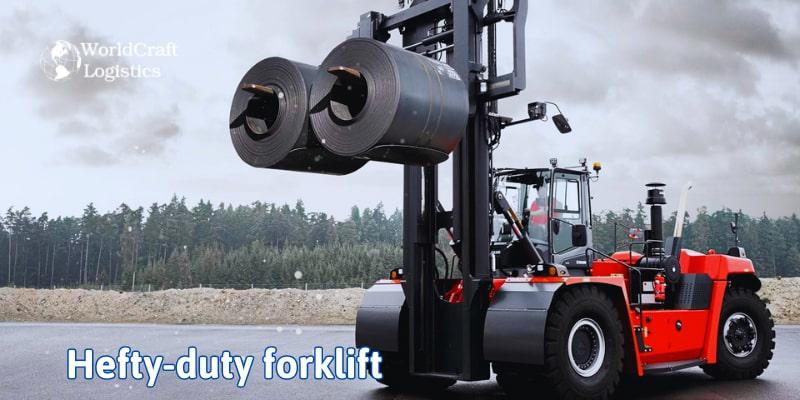
The heavy-duty forklift, also known as the large-capacity forklift, blends the features of a telehandler with a warehouse forklift. It is not as adept at reaching tight angles as a telehandler, but it is capable of lifting larger objects far higher than a warehouse forklift. A smaller heavy-duty forklift has a maximum lift capacity of 30,000 pounds, but if more power is required, heavy-duty forklifts with a maximum lift capacity of 100,000 pounds are available.
There are now 20 well-known producers of heavy-duty forklifts available. Well-known brands include Mitsubishi and NACCO Industries, and some of the well-liked models have an amazing 36,000 lbs. of capacity.
A key feature of hydraulic levers is their combination of power and reach.
Applications: Heavy load transportation for industrial settings
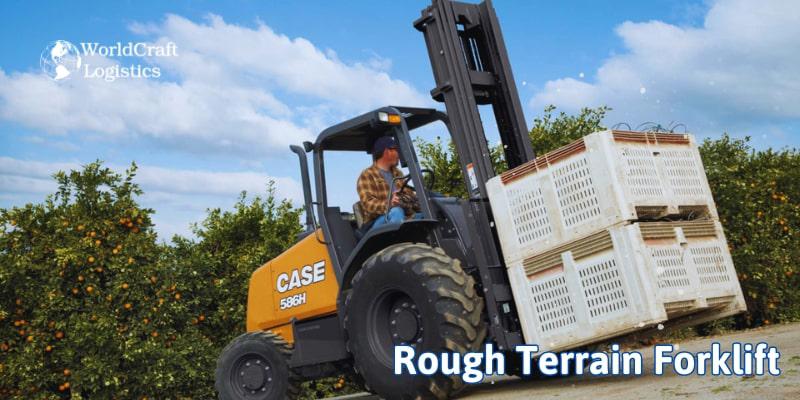
The rough terrain forklift, often called a straight mast forklift, is made especially for outdoor job locations with uneven surfaces. These trucks can move items across uneven terrain with more stability and balance thanks to their robust, threaded pneumatic tires. If the majority of your work is done indoors, you probably won't require a rough-terrain forklift, but they are essential for outdoor use on building projects.
The CASE 588H and JCB 950 are well-liked versions that come with four-wheel drive choices. The ability to lift larger loads is another significant benefit of rough terrain forklifts; the majority of models have a capacity of 6,000 or 8,000 lbs.
Important Features: Robust construction, reinforced cage cab, and large tires.
Applications: rough, uneven outdoor work.
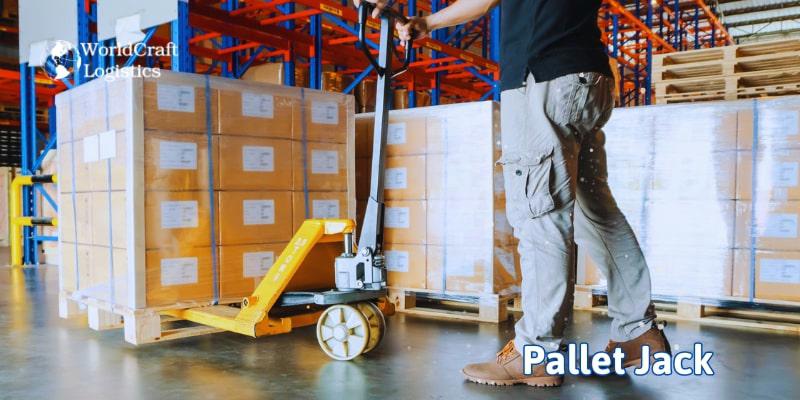
Pallet jacks are inherently specialized. These pallet lifts, also referred to as pump trucks, are too small to carry heavy loads. Pallet jacks can raise tiny loads in confined spaces and fit into narrow spaces thanks to their small footprint, which they trade up for power. The cost of purchasing and renting a pallet jack is significantly less even if you give up power and mobility.
The Vestil Electric Pallet Truck and the Mighty Lift 20 x 36 Inch Pallet Truck are two popular versions of pallet jacks. Pallet jacks are available for purchase or rental, with two options: electric and manual.
The compact size and manual or occasional battery-powered operation are its key features.
Applications: Handling tiny loads, such as pallets, over short distances and in confined locations.
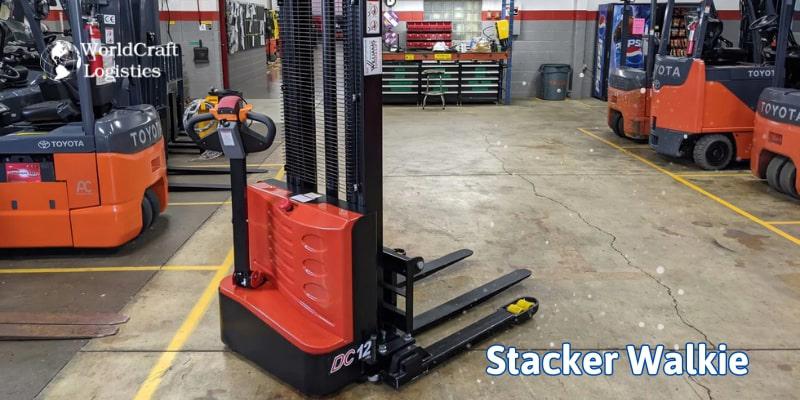
Walkie stackers have a distinctive look and a particular use. These kinds of material-handling vehicles are not cab-equipped like regular forklifts. Rather, the operator uses an attached handle to direct the stacker while walking behind it. These machines are perfect in circumstances where a taller pallet jack is required, but they are not very powerful, agile, or fast. Pallet jacks of the past cannot reach as high above the ground as a walkie stacker.
Currently, Toyota, Hyster, and Jungheinrich are the manufacturers of walkie stacker forklifts. For 4,000-lb weights, Toyota's 6BWC20 is the best option, and Jungheinrich's EMC 110 is best suited for tight aisles. Important
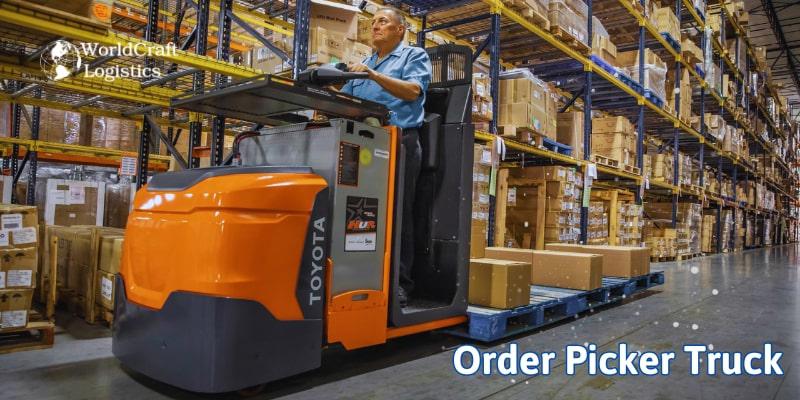
A variation of the walkie stacker operators used to select and transport materials from storage is the order picker. These devices, which have a maximum reach of 32 feet, are made to raise operators to warehouse racks so they may move individual units. Because they can pick individual pieces without having to bring down entire pallets, they perform exceptionally well in client order warehouses and storage facilities. They can handle objects of different sizes, including furniture and auto components, thanks to their adaptable design.
Open operator window and no pallet handling are two important features. Applications for warehouse inventory and piece-picking units.
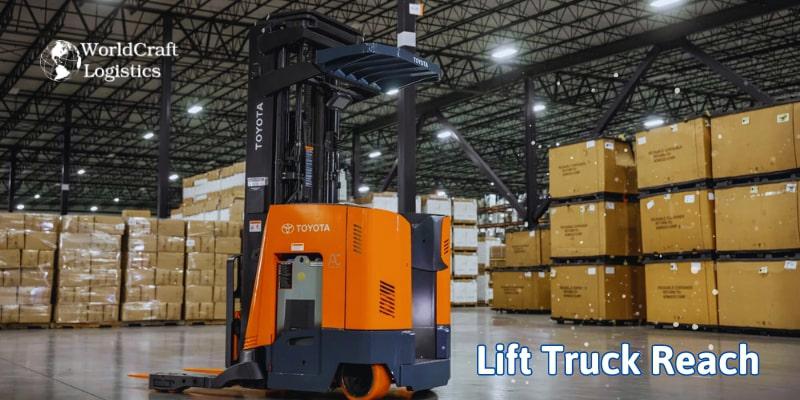
Reach forklifts are warehouse trucks that are primarily utilized indoors. Its main feature is that, unlike regular forklifts, it can reach into warehouse racks by extending its forks past the compartment. Additionally, it has an open compartment that improves visibility for the operator.
Reach trucks are great for inside work, but because of their low undercarriage clearance, they are not appropriate for outdoor operations. Among the best reach forklift manufacturers are UniCarriers, Yale, and Clark Materials.
Stabilizing legs and forward-extending forks are important features.
Applications: Accurate and speedy pallet retrieval in enclosed spaces.
👉 In addition to the 15 types of forklifts above, warehouses also have many specialized equipment and tools. Don't miss the WCL team's article, topic: "UPDATE warehouse equipment list" to grasp its useful information.
There are 15 different types of forklifts, but they are divided into seven classifications. The Occupational Safety and Health Administration (OSHA) describes the fuel options and uses of different types of forklifts. To operate a forklift, the operator must be knowledgeable about each type of forklift and familiar with the safety procedures applicable to that particular classification. The following are common forklift classifications.
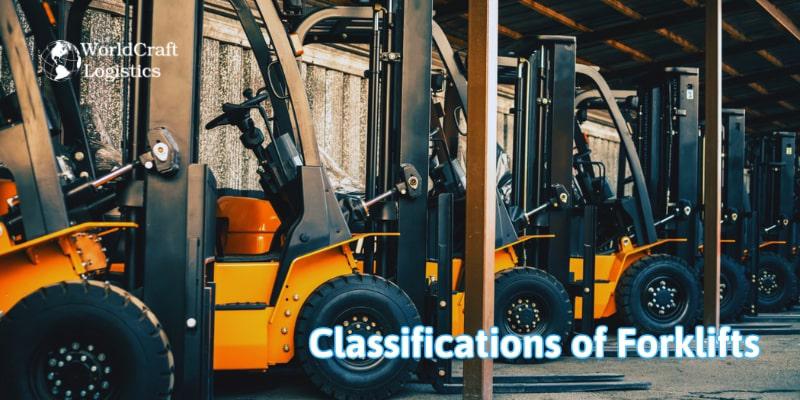
Class I forklifts are battery-operated and made especially for indoor applications where indoor air quality may be an issue.
A few instances of electric motor riding trucks include counterbalance and warehousing forklifts.
Class II forklifts are distinguished by their capacity to squeeze into and navigate through narrow openings, such warehouse aisles. These are meant to be used indoors exclusively and run on rechargeable batteries as well.
Reach fork truck forklifts, side loaders, order pickers, and walkie stackers are a few types of electric motor narrow aisle vehicles.
An additional kind of truck that runs on batteries is the Class III forklift. This class enables the operator to manually maneuver the truck and then use the controls to raise and lower the forks instead of using a cabin or controls to operate the forklift.
A powered pallet jack is one type of hand truck with an electric motor.
The primary distinction between class IV and class I forklifts is the kind of fuel and tires. These forklifts are not suitable for indoor environments with limited ventilation since they release fumes into the surrounding air when they run on gas or diesel. Cushion tires are not meant for tough terrain; they are meant exclusively for smooth surfaces, while they might be appropriate for certain outdoor applications.
Warehouse and counterbalance lifts that run on gasoline rather than electricity are examples of internal combustion engines with cushion tires.
Class V forklifts and class IV lifts are comparable, although they are categorized differently because of their tires. These trucks have excellent shock absorption and are suitable for uneven terrain because of their pneumatic tires.
Examples of trucks using pneumatic tires and internal combustion engines include heavy-duty forklifts, warehouse trucks, and counterbalance trucks.
Class VI forklifts are more often used for towing than for lifting items. They are capable of towing enormous loads up to 55,000 pounds. Airports and warehouses are two locations where you can find these kinds of trucks, both indoor and outdoor.
A tugger is a type of tractor with an internal combustion engine and an electric drivetrain.
Lifts designated as Class VII are designed to be used on uneven and rugged terrain like gravel and dirt roads. Specialized tires and counterweights ensure the load remains stable while being moved across a variety of terrains, and these lifts are solely meant for outdoor use.
Telehandlers and rough terrain forklifts are two types of forklift vehicles that are used in tough terrain.
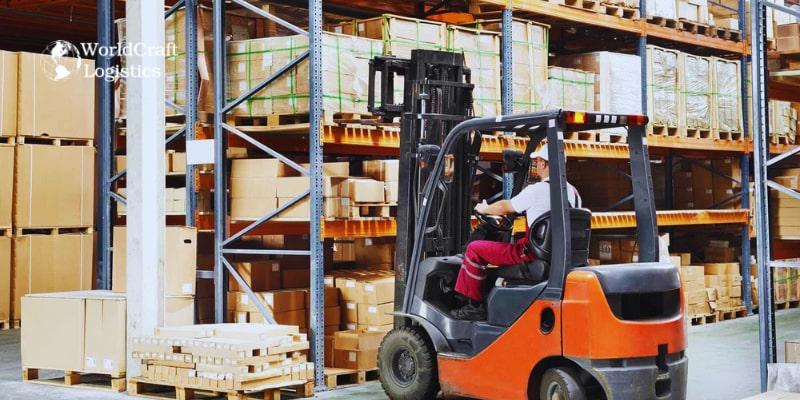
With the use of a forklift, any worker may now quickly and easily move heavy materials to different areas in a matter of minutes. One piece of large equipment that is frequently used in warehouses to move bulky items is the forklift. This device has the potential to significantly boost employee productivity. For indoor warehousing, electric forklifts are the most important equipment.
Without a question, a forklift can lighten the workload of every warehouse worker. However, it should only be used by someone with a basic understanding of the machine, as operating a telehandler with such a large capacity and strong attachments can occasionally put every worker in a warehouse in danger.
Here are some advantages of having forklifts in a warehouse, however before making any decisions or deciding whether to buy or rent one, telehandler users should always be aware of these advantages. Let's investigate them:
Large amounts of materials must be moved from every warehouse using trucks with enormous lifting and holding capacities. Furthermore, even if the material is lightweight, transferring it on one's own is practically impossible. However, workers can easily and hassle-free move all of the shipping or pallet containers in the warehouse by using forklifts.
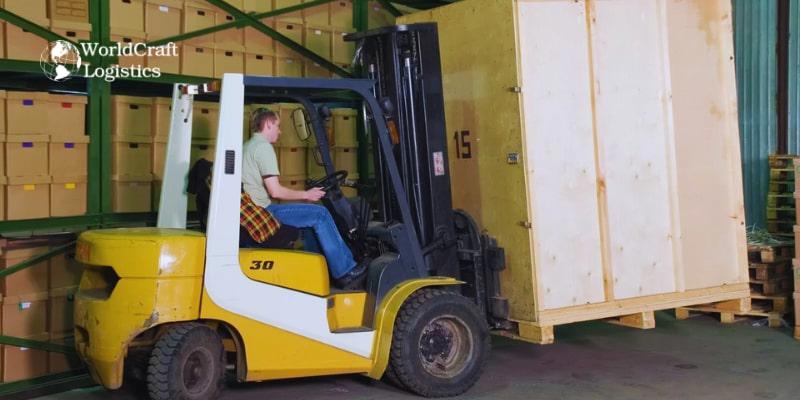
Several tons of goods can be easily lifted into warehouses by forklifts. With the aid of a forklift, staff members can reposition storage racks closer together to maximize floor space. Forklifts come in a wide range of kinds these days. A forklift with accessories and extending arms may fit into comparatively tiny spaces and be readily maneuvered to turn in different directions.
Before the development of contemporary forklifts, warehouse workers without access to forklifts moved big crates, boxes, and other items using a system of ropes, cables, and pulleys. Furthermore, these lifting exercises carry a risk to one's life. Thus, a large capacity telehandler, such as forklifts, is always required for every warehouse for an ideal and secure option.
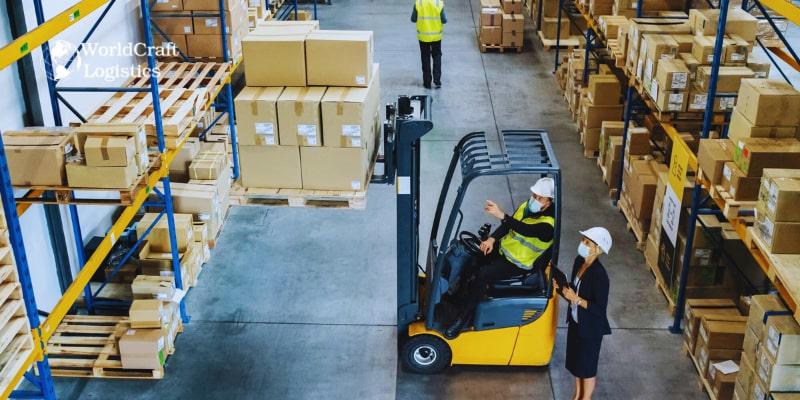
Since they don't release any carbon dioxide into the atmosphere, modern electric forklifts are the greenest machinery available. Because these electric forklifts have a larger capacity to hoist these huge items, many warehouses choose to employ them to move all the massive loads.
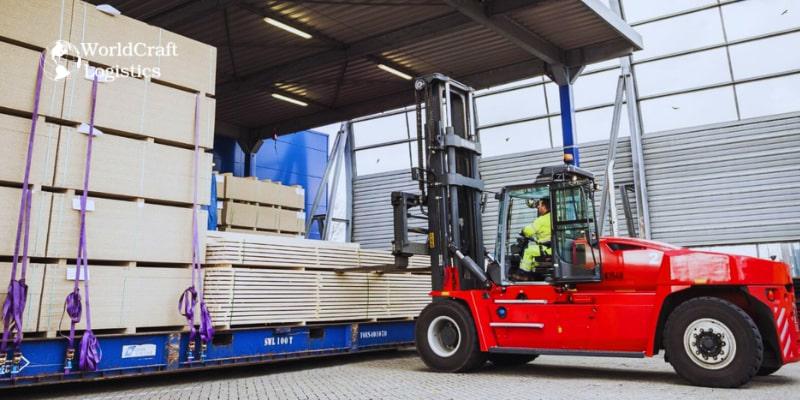
Every worker must always have a quiet workspace in order to perform at a higher level, especially in a warehouse. Furthermore, if employees are working in a smaller space, it is required that the workspace be noise-free. A forklift consistently guarantees reduced noise levels and a calm environment for the workers.
You must take into account the following factors when selecting the ideal forklift for your project to ensure that the machinery operates effectively and safely:
👌 Ascertain the capacity. How much of a weight must you lift?
👌 Determine the stability of the work site. Can the forklift be supported by the ground?
👌 Determine the height of the area. Is your forklift able to fit through the required openings?
👌 Make the appropriate fuel choice. In what environment are you working? Do you require gas or battery power?
👌 Examine the terrain. How smooth, uneven, or rough is the surface?
When choosing a model, it's crucial to take into account the various characteristics of forklifts, such as their lift capability, height, and tire composition in addition to their fuel type.
Finally, choosing the appropriate forklift is not only a crucial decision but also the key to unlocking success for your project. Whether in warehouse environments, construction sites, or any heavy material handling tasks, the right type of forklift ensures optimal performance and safety. We appreciate your attention to the in-depth insights provided by Worldcraftlogistics.com, and we hope to bring you even more valuable knowledge in the future.
SEO
Digital Marketing/SEO Specialist
Simon Mang is an SEO and Digital Marketing expert at Wordcraft Logistics. With many years of experience in the field of digital marketing, he has shaped and built strategies to effectively promote Wordcraft Logistics' online presence. With a deep understanding of the logistics industry, I have shared more than 500 specialized articles on many different topics.
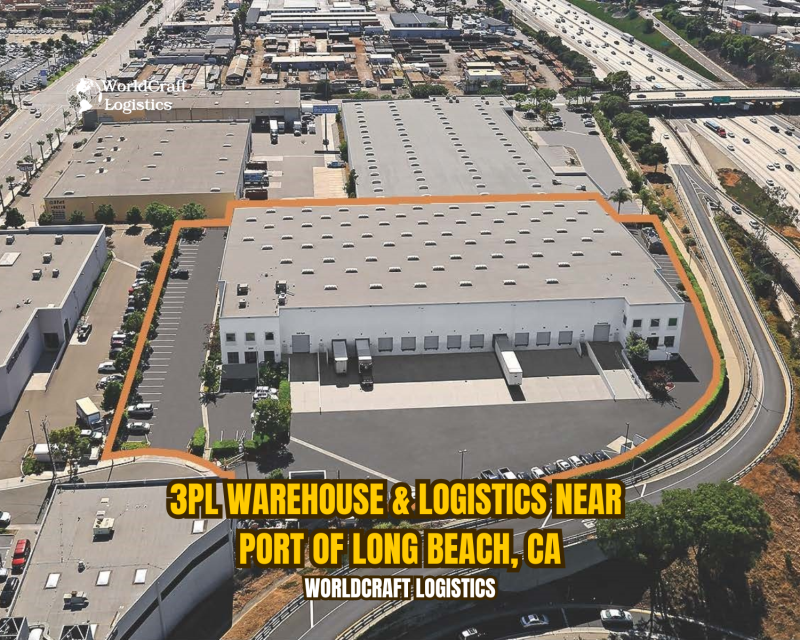
Warehouse
12/30/2024
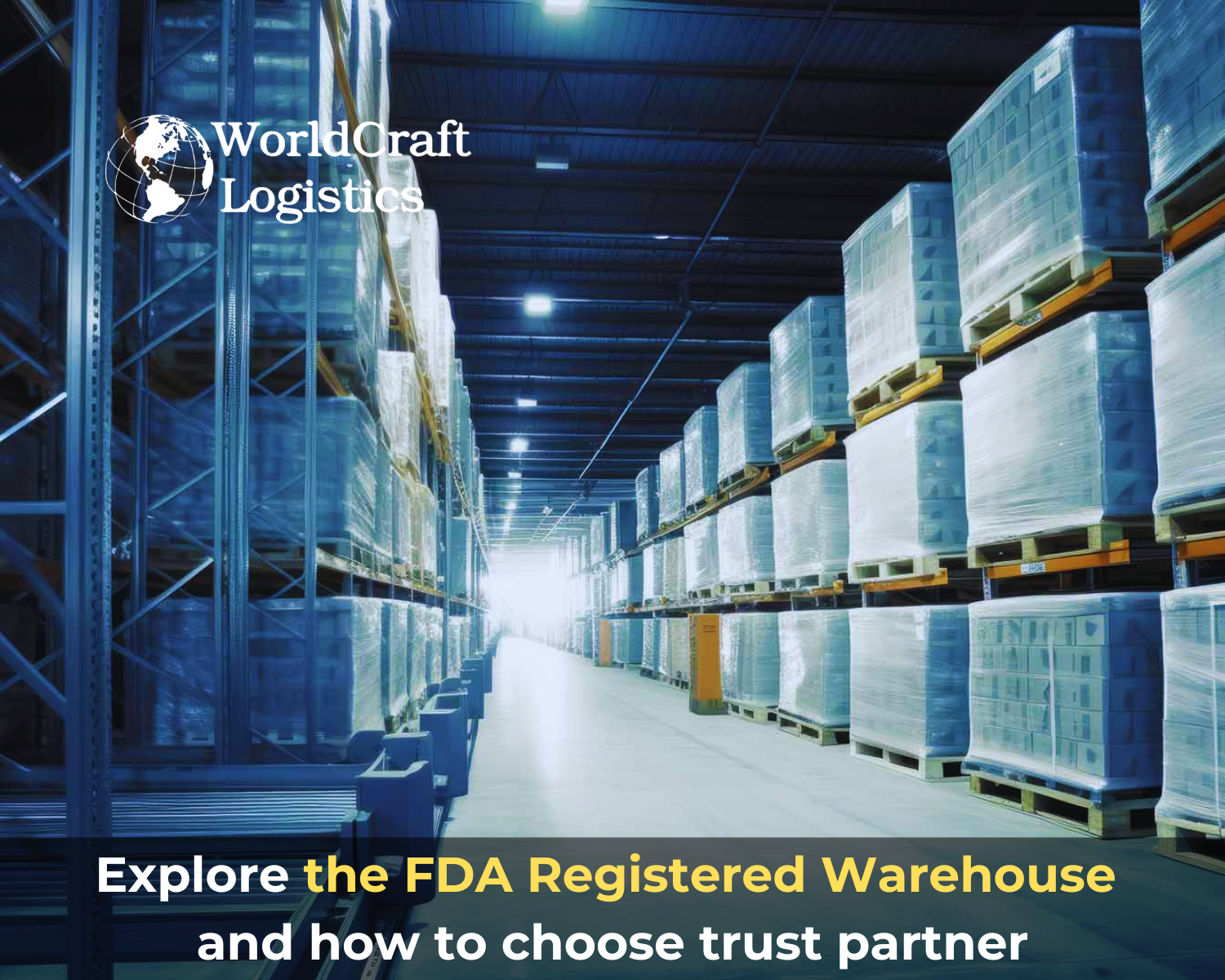
Warehouse
06/16/2024
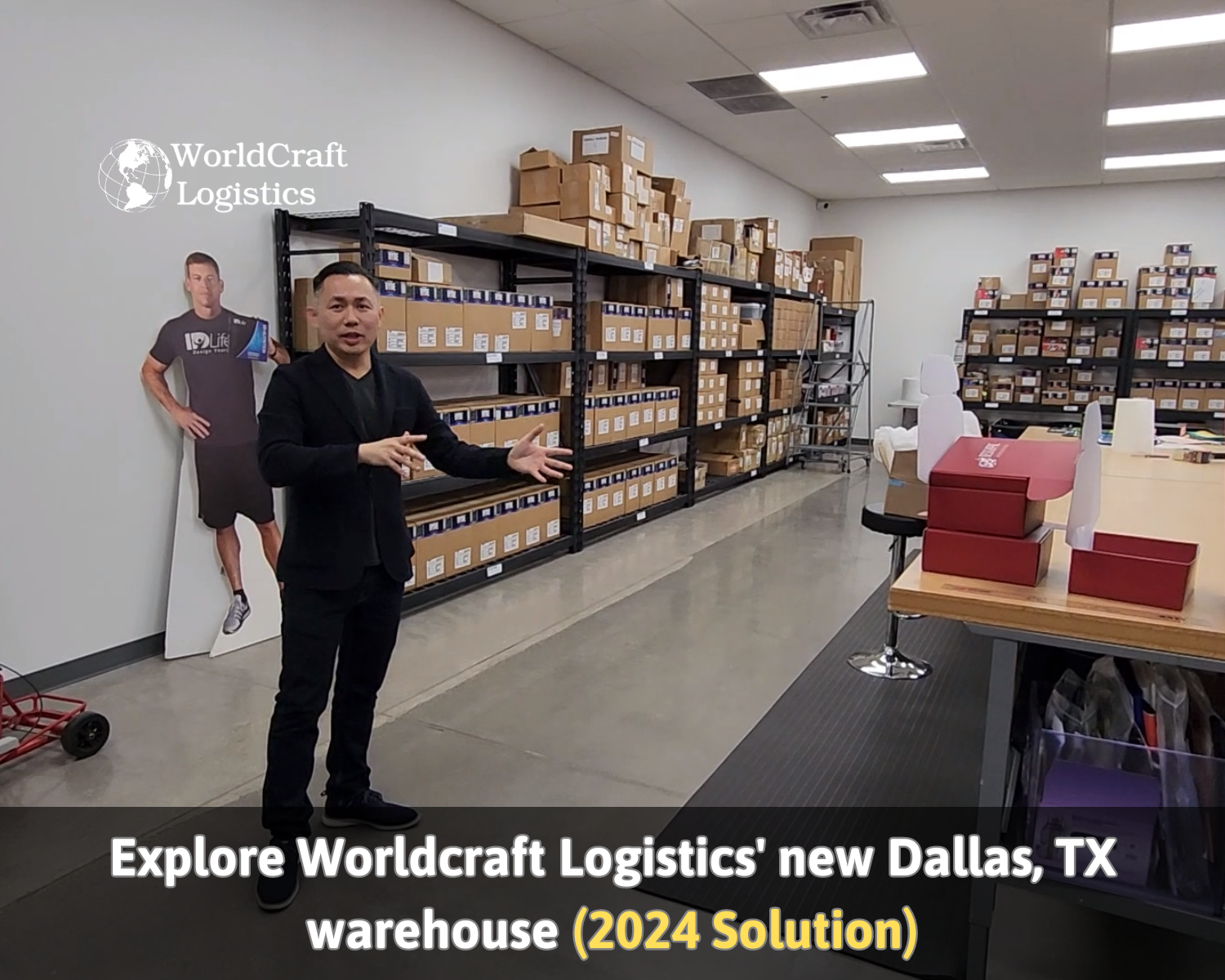
Warehouse
03/03/2024
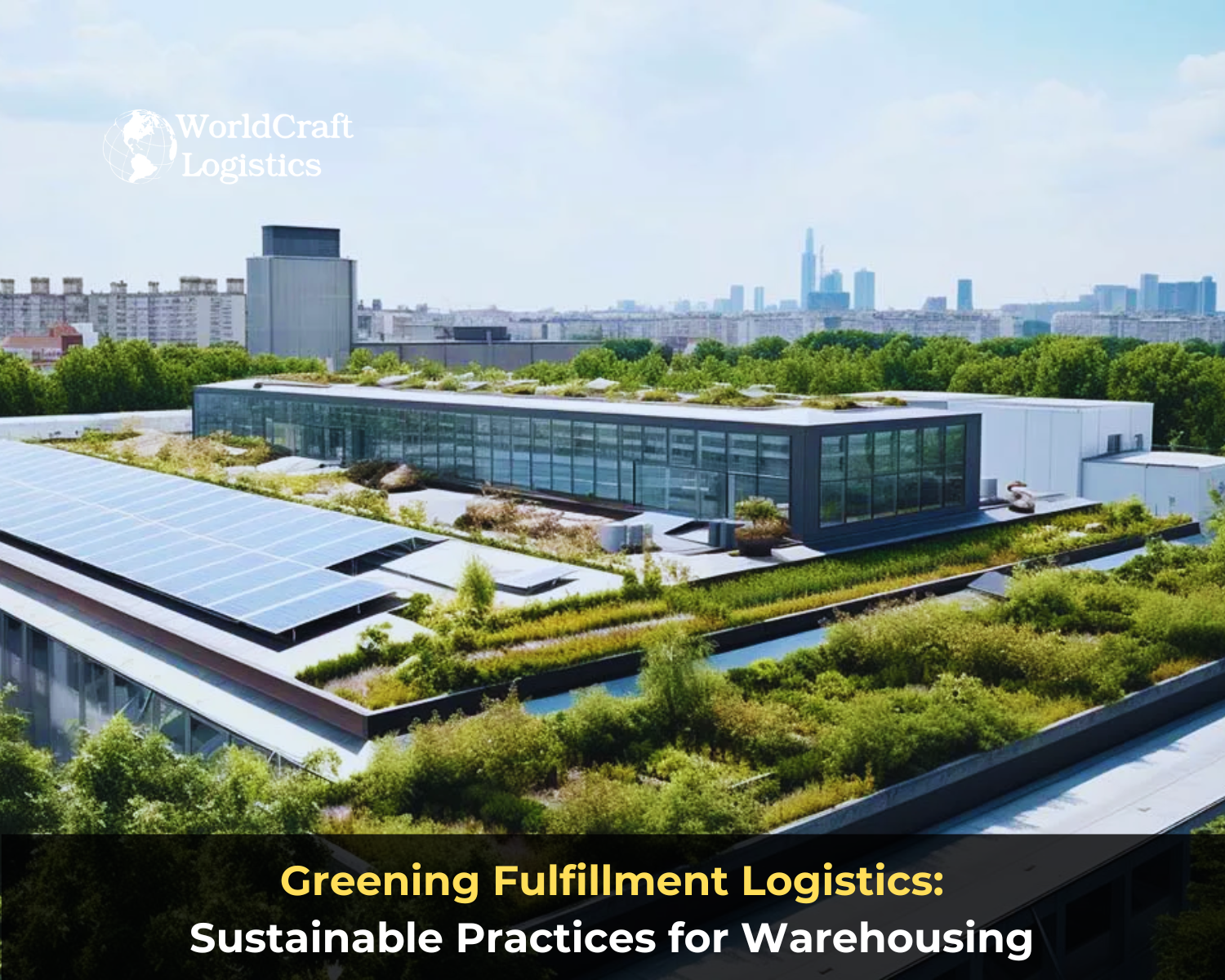
Warehouse
08/25/2024
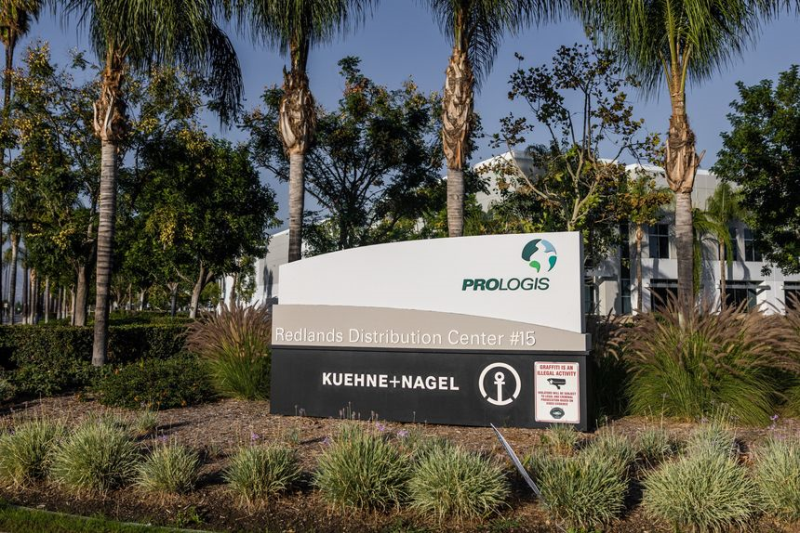
Warehouse
02/20/2023